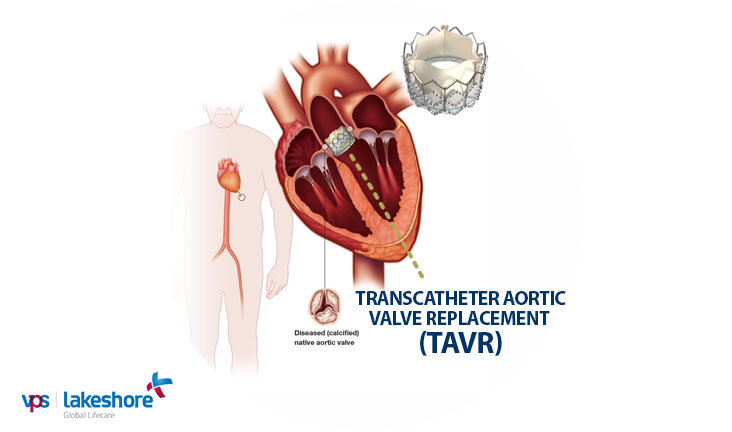Video
Consultation

عربى

Video
Consultation

Book An
Appointment

Accident & Emergency
99616 30000

Help Desk
99616 40000

Robotic
Surgery

Patients Login Portal

The cardiology department at VPS Lakeshore performed successfully its first Transcatheter Aortic Valve Replacement (TAVR) procedure in a 75 year old patient from Oman.
The cardiology department at VPS Lakeshore performed successfully its first Transcatheter Aortic Valve Replacement (TAVR) procedure in a 75 year old patient from Oman. The patient was suffering from severe blockage of the Aortic Valve causing breathing difficulty and one episode of acute breathlessness (Pulmonary Edema) requiring emergency hospitalization and ventilator support last month. The non-surgical minimally invasive procedure was performed by a team led by Dr. Anand Kumar V, Head of Cardiology. The team included Cardiologists, Dr. Cibi Issac, Dr. Bhimasankar P R, Dr. Venketeswaran, Cardiac Surgeon Dr. Sujith, and Cardiac Anesthetist, Dr. Mohammed Nebhu.
What is TAVRTAVR is a minimally invasive procedure to replace the aortic valve in people with Aortic valve stenosis. Aortic Valve Stenosis or Aortic Stenosis is a condition where the heart's aortic valve gets narrowed and prevents the valve from opening completely. This reduces blood flow from the heart into the body and causes blood to accumulate in the lungs causing breathing difficulty. This condition can cause severe chest pain, fainting, fatigue, leg swelling and shortness of breath. This condition, left untreated, can lead to heart failure and death.
Conventional Surgical Aortic Valve Replacement (SAVR) involves a long central chest incision and Open Heart Surgery with death rate of 5% and recovery period of nearly 1-2 months. Many patients with Aortic Valve Stenosis are old and have comorbidities like Uncontrolled Diabetes, Lung and Kidney disease etc making them at high risk for Major anesthesia and Surgery. Through TAVR, the damaged valve is replaced without surgically opening the chest. The doctor accesses the heart through a blood vessel in the leg. The procedure begins with a slight incision in the leg and the catheter is inserted through this. Advanced imaging techniques are used to direct the catheter. The catheter reaches the aortic valve and a tissue valve is positioned for replacement. The replacement is done through precise positioning and when the valve is securely in place, the catheter is removed.
Advantages of TAVRThis procedure is a suitable option for people who are at high risk of complications from open-heart surgery like patients over 70 years of age, patients with lung diseases, Kidney diseases and other diseases causing anesthetic risk. The mortality rate is2% only and is significantly lesser than that of open-heart surgery. The procedure takes around two hours to complete and the patient can be made to walk the same day and can be discharged three days after the procedure.